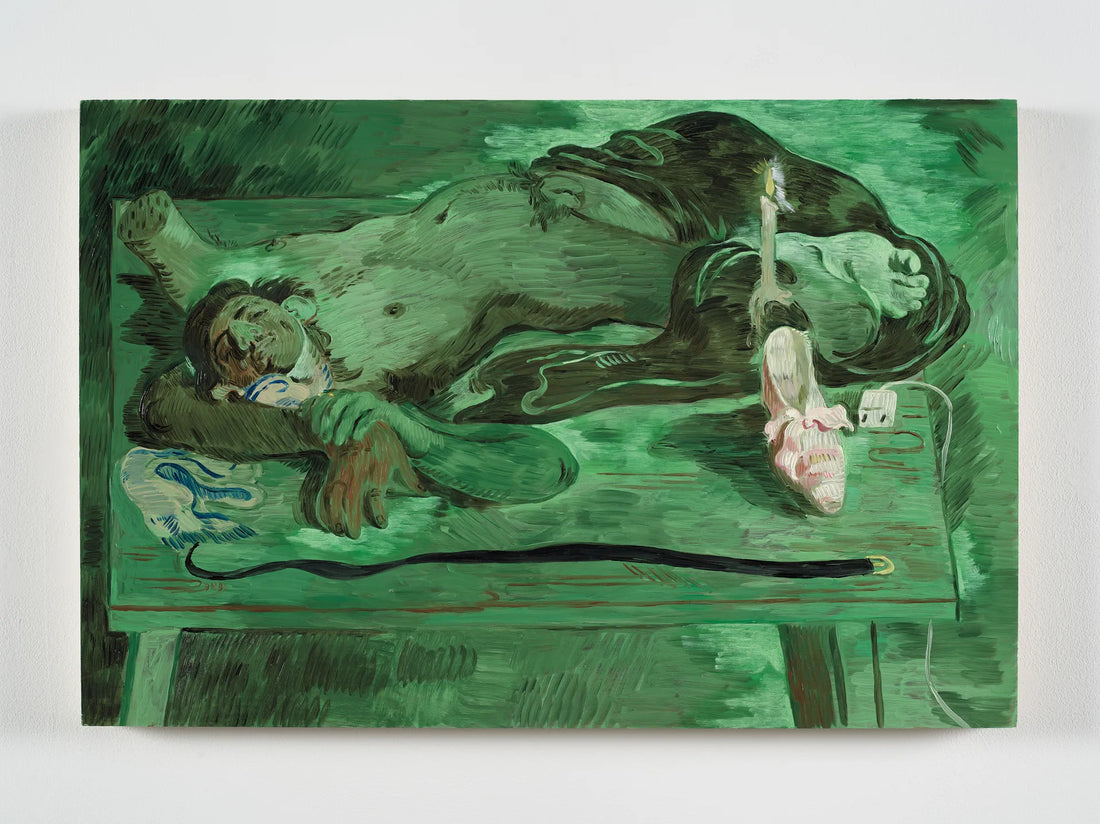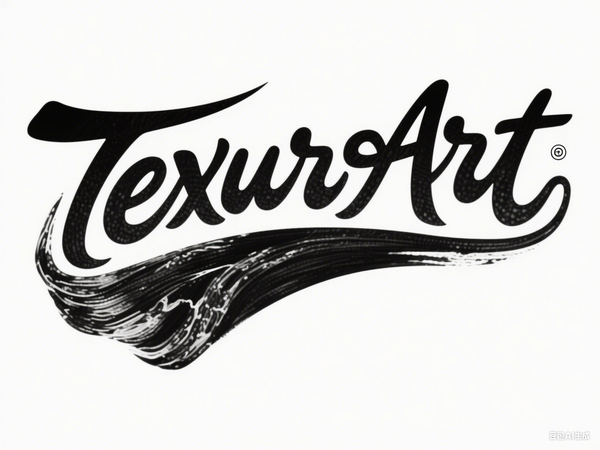
The Renaissance and Market Dynamics of Figurative Painting in 2025 - A Deep Dive into Artistic Revival and Market Trends
Share
The year 2025 marks an exciting renaissance for figurative painting, a resurgence that beautifully blends classical aesthetics with contemporary innovation. This revival is not only reshaping artistic expressions but also redefining collector trends and market dynamics within the global art scene. Figurative painting—a genre that prominently features the human figure, landscapes, and symbolic natural elements—is witnessing renewed enthusiasm among artists, galleries, and especially millennial collectors who crave meaningful visual narratives infused with modern sensibilities.
Understanding the New Figurative Renaissance
Figurative painting today transcends traditional constraints, embracing both heritage and experimental freedom. Contemporary artists reinterpret the human form and nature with fresh perspectives, layering emotional depth and symbolic narratives that engage viewers on multiple levels. Unlike the historic rigidity often associated with classical figurative work, 2025’s figurative art celebrates fluidity in style, merging stylized forms, expressive lines, and vibrant, contemporary color palettes to evoke mood and personal interpretation.

This shift is evident in the growing presence of botanical and environmental motifs in figurative work—a reflection of modern concerns about nature and sustainability. Artists increasingly embed ecological themes within their compositions, imbuing their paintings with a narrative of preservation and spiritual connection to the landscape. This intersection of art and environment appeals strongly to today’s conscious art buyers.
Related: Contemporary Figurative Painting Trends
Market Drivers: Who Is Buying and Why?
The resurgence of figurative painting is fueled by evolving tastes among younger collectors who value not only aesthetic beauty but also conceptual resonance. Millennial and younger buyers often seek works that provide spiritual intrigue or regional identity, favoring art that tells a story both personal and universal. Portraiture, in particular, is enjoying a renaissance with a modern twist—paintings that embrace vibrancy and luminosity rather than classical solemnity.
The collector market’s embrace of figurative art is also influenced by exhibitions at prestigious institutions showcasing contemporary and historical figurative masters, prompting renewed interest and investment. This institutional validation has encouraged emerging artists to explore figurative modes that blend tradition with innovation.
Artistic Innovations Shaping the Figurative Scene
Aside from thematic evolution, there is a noticeable visual language emerging in figurative painting characterized by smooth gradients, freedom of line, and fresh color usage. Rather than strict realism, artists adopt stylization and naive approaches to landscapes and figures, creating emotionally evocative works that reflect current societal moods and personal stories.
Technological integrations—such as digital tools for color mixing and composition planning—support these innovations, allowing artists to experiment with new aesthetics while retaining a figurative anchor. The collective momentum of these developments constitutes a broader trend not driven by conformity, but by a genuine creative urge resonant with today’s zeitgeist.
Explore Visual Language in Figurative Painting
Market Dynamics and Sales Opportunities in 2025
From a market perspective, figurative painting’s renaissance coincides with strategic shifts in art sales and consumer behavior:
-
Seasonal Demand: Art buyers show increased interest during specific cycles such as art fairs, seasonal exhibitions, and online auction seasons. Timing releases of figurative works to coincide with these peak demand periods maximizes visibility and sales potential.
-
Sustainability and Ethical Art: The rise of eco-conscious collectors affects material choices and thematic content, favoring artists who emphasize sustainable practices and environmental narratives.
-
Online and Physical Market Synergy: While digital platforms continue to grow in importance for exposure and sales, physical exhibitions and gallery shows remain critical for affirming artistic legitimacy in figurative painting.
-
Customization and Personalization: Collectors increasingly desire bespoke pieces or works with personal significance, enriching the demand for portraits and regional themes in figurative art.
Market Insights in Wall Art Trends 2025
Key Artists and Institutions to Watch
Leading this figurative resurgence are both established figures and promising newcomers who champion innovation within representational art. Cities like London, Florence, and Madrid host groundbreaking exhibitions, showcasing a spectrum from classical-inspired works to bold, expressive portraits and landscapes.
Major institutions like the Royal Academy and Museo Nacional Thyssen-Bornemisza are pivotal in setting the tone for figurative art’s market resurgence by spotlighting influential artists each year. This serves as a wellspring for emerging talent, encouraging a cycle of inspiration and renewal.
Image Sources
-
Artwork images and references can be found through museum and gallery websites such as:
-
Contemporary art platforms like Contemporary Art Issue offer collections and artist features.
-
For botanical and nature-themed figurative works, high-resolution images from botanical art archives and environmental art collections are recommended for inclusion.
Frequently Asked Questions (FAQ)
Q: What defines figurative painting in the contemporary art scene?
A: Contemporary figurative painting references the real world, especially human figures, but combines classical techniques with modern styles, such as stylization and symbolic narratives that evoke emotional and spiritual depth.
Q: Why is figurative painting popular among younger collectors?
A: Millennial and younger buyers value artworks that provide personal connection and cultural relevance, looking for pieces that blend tradition with innovative expression and reflect themes like identity, environment, and spirituality.
Q: How is sustainability influencing figurative art?
A: More artists incorporate eco-friendly materials and environmental themes in their work, reflecting broader cultural values of sustainability which also influence collector preferences.
Q: Where can one see major figurative art exhibitions?
A: Prestigious galleries like the Royal Academy in London and Museo Nacional Thyssen-Bornemisza in Madrid regularly feature landmark figurative exhibitions, attracting collectors and inspiring artists worldwide.
Q: How is technology impacting figurative painting?
A: Digital tools aid artists in experimenting with colors, composition, and stylistic effects, enabling a fusion of traditional figurative representation with contemporary aesthetics.
Q: What market trends affect figurative painting sales?
A: Seasonal demand peaks, sustainability trends, the rise of online art sales, and a growing desire for personalized, meaningful art pieces all shape the current market for figurative painting.
